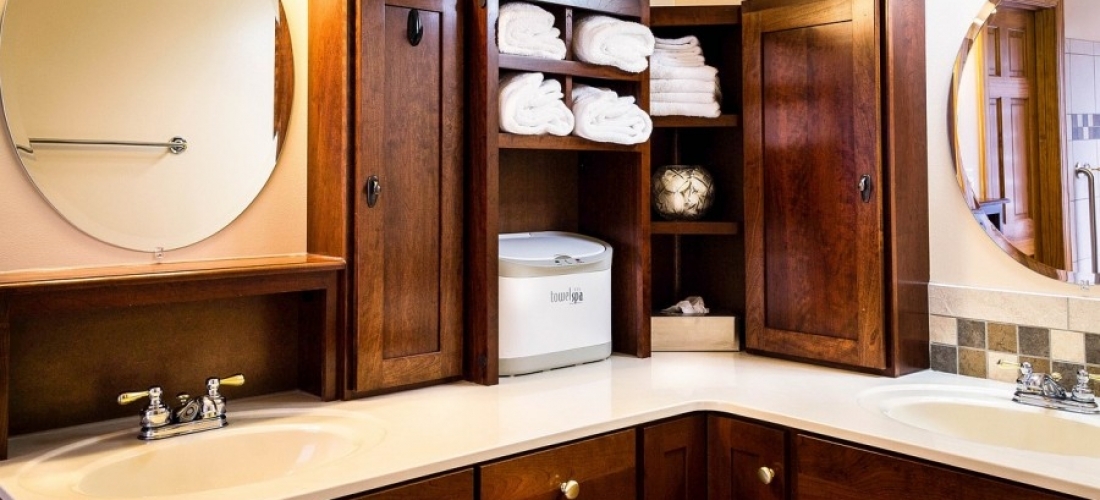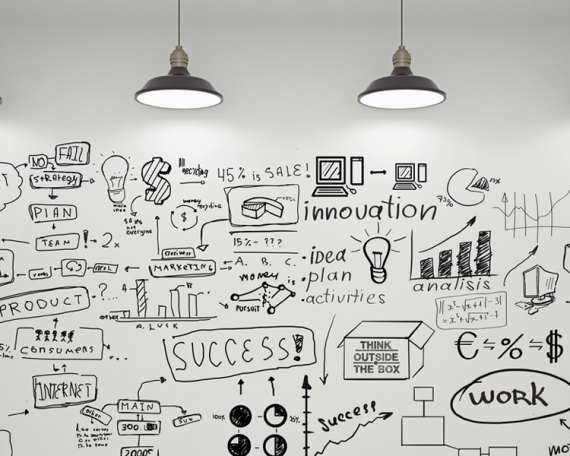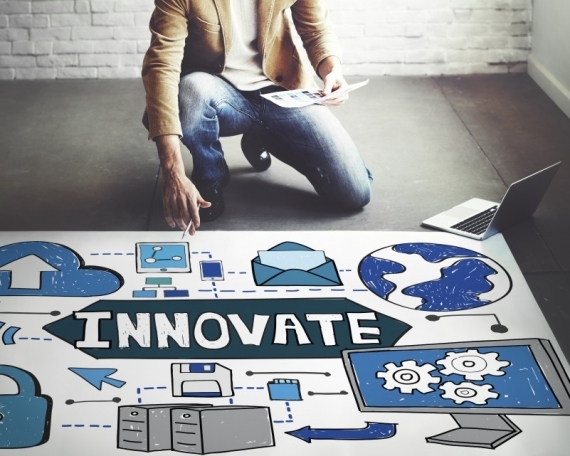This case study shows the application of key legislative requirements for qualifying R&D activities as they apply to relevant activities in the fabrication industry.
Business Scenario
For nearly 50 years, Sonny Glass Fabrication has been providing quality, custom workmanship on glass and mirrors for all types of jobs and needs, residential and commercial. Sonny Glass Fabrication engineers, designs and installs wall mirrors, entryway mirrors, bathroom and cabinet mirrors, beveled mirrors, and custom products. The most technically challenging part of its job is designing and fabricating custom pieces for its client.
Sonny Glass Fabrication’s R&D tasks include designing, fabricating and installing custom glass pieces. It first designs the glass to meet its clients’ needs and standards. Once designed, the glass is fabricated and brought on site to measure and install. More often than not, once at the project site, more customization is required, as installation issues arise.
The activities that Sonny Glass Fabrication performs on its custom jobs are technical in nature. The engineering, design work, prototype creation, drawings and schematics are all necessary to eliminate the uncertainty of custom projects.
In order to qualify for the Research and Development Tax Credit, Sonny Glass Fabrication needed to determine the eligibility of its proposed R&D activities. The “qualified research” must meet four main criteria, known and developed by Congress as the Four-Part Test. After working with an R&D tax advisory firm, Sonny Glass Fabrication received a total credit of $87,000 for 4 years of R&D activities. Sonny Glass Fabrication’s qualified R&D activities included the following.
Sonny Glass Fabrication’s Eligible R&D Activities
Design and development of a series of prototypes to achieve the technical objectives (design of a custom partition wall).
Sonny Glass Fabrication’s hypothesis for this project questioned whether the custom partition wall could be designed and developed to meet the customer’s demands and still function as intended.
Sonny Glass Fabrication procured multiple renderings to examine feasible material applications for meeting project goals with this non-standard request. It conducted a field investigation and layout to review environment and adjust renderings and installation plan.
The experiments Sonny Glass Fabrication conducted in this phase mainly consisted of conceptual engineering drawings and mathematical calculations. These experiments could only be proven effective or ineffective in the prototype development and testing phase. Following the experiments in that phase, during which the product was built and tested, the design was modified and re-tested until the desired outcome was achieved.
Trials and analysis of data to achieve results that can be reproduced to a satisfactory standard (development and testing of partition wall).
The main objective of this phase was to prove that theoretical conclusions from the design phase could be realized through the development and testing of the partition wall, and conclude that a wall could be designed and developed in the space and shape desired and function properly.
Pre-existing materials had to be modified, with endings notched for base shoe hardware to attach to surface-mounted barrier post, where it originally would not attach. The barrier-post also had to be adjusted to facilitate the final rendering.
Sonny Glass Fabrication outsourced structural engineering services for the seismic and gravity analysis of the architectural glass feature, as well as tinting services and the fabrication of the signage and lettering.
Background research to evaluate current knowledge gaps and determine feasibility (background research of the development of products).
Besides the lack of comparable solutions available, the outcomes of activities in this research could not have been known or determined in advance due to a number of specific technical challenges.
Sonny Glass Fabrications engaged in background research to determine the feasibility of the project. Eligible R&D activities during this phase included:
- Literature search and review, including maintaining up-to-date knowledge on relevant certification and building standards.
- Consultation with industry professionals to determine the level of feasibility of the product.
- Preliminary equipment and resources review with respect to capacity, performance and suitability for the project.
- Consultation with key component/part/assembly suppliers to determine the factors they considered important in the design and to gain an understanding of how the design needed to be structured accordingly.
The background research conducted by Sonny Glass Fabrication was directly related to the main objective of designing and developing a custom glass piece, therefore qualifying as R&D.
Ongoing analysis of customer or user feedback to improve the prototype design (feedback R&D of the partition wall).
Sonny Glass Fabrication’s eligible R&D activity for this phase of its project included:
- Analysis and testing to improve the efficiency and safety of future projects.
- Ongoing development and modification to interpret the experimental results and draw conclusions that served as starting points for the development of new designs and products.
These activities were necessary to evaluate the performance capabilities of the new design in the field and to improve any flaws in the design, therefore qualifying as R&D.
Commentary
Qualified Research Defined
Qualified research consists of research for the intent of developing new or improved business components. A business component is defined as any product, process, technique, invention, formula, or computer software that the taxpayer intends to hold for sale, lease, license, or actual use in the taxpayer’s trade or business.
The Four-Part Test
Activities that are eligible for the R&D Credit are described in the “Four-Part Test” which must be met for the activity to qualify as R&D.
1. Permitted Purpose: The purpose of the activity or project must be to create new (or improve existing) functionality, performance, reliability, or quality of a business component.
2. Elimination of Uncertainty: The taxpayer must intend to discover information that would eliminate uncertainty concerning the development or improvement of the business component. Uncertainty exists if the information available to the taxpayer does not establish the capability of development or improvement, method of development or improvement, or the appropriateness of the business component’s design.
3. Process of Experimentation: The taxpayer must undergo a systematic process designed to evaluate one or more alternatives to achieve a result where the capability or the method of achieving that result, or the appropriate design of that result, is uncertain at the beginning of the taxpayer’s research activities.
4. Technological in Nature: The process of experimentation used to discover information must fundamentally rely on principles of hard science such as physical or biological sciences, chemistry, engineering or computer science.
What records and specific documentation did Sonny Glass Fabrication keep?
Similar to any tax credit or deduction, Sonny Glass Fabrication had to save business records that outlined what it did in its R&D activities, including experimental activities and documents to prove that the work took place in a systematic manner. Sonny Glass Fabrication saved the following documentation:
- Project records/ notes
- Conceptual sketches
- Design drawings
- Background research
- Records of changes
- Testing protocols
- Staff time sheets
- Tax invoices
- Receipts
By having these records on file, Sonny Glass Fabrication confirmed that it was “compliance ready” — meaning if it was audited by the IRS, it could present documentation to show the progression of its R&D work, ultimately proving its R&D eligibility.
Click here to view the PDF version of this case study.

















